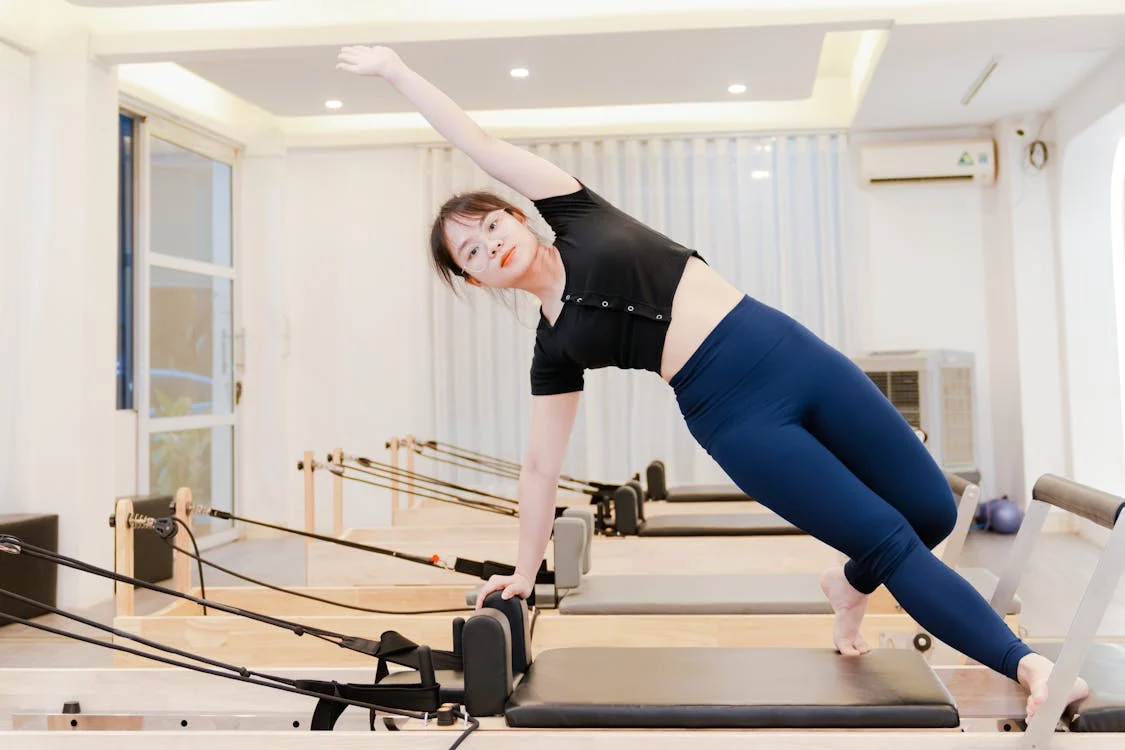Joint pain doesn’t just come from injury or aging—it can also develop gradually from everyday habits like poor posture and bad ergonomics. The way you sit, stand, and move throughout the day can either protect your joints or put them under unnecessary strain.
Here’s how improving your posture and workspace setup can help prevent joint pain and keep you moving comfortably.
🪑 Why Posture Matters for Your Joints
Good posture keeps your bones, muscles, and joints aligned properly, distributing weight evenly and reducing wear and tear. Poor posture—like slouching or leaning forward—can cause misalignment that stresses your neck, shoulders, hips, and knees.
Common problems from bad posture:
- Neck and shoulder tension
- Lower back pain
- Hip and knee discomfort
💻 Ergonomics: Creating a Joint-Friendly Workspace
If you spend hours at a desk, your setup can make a big difference in joint health. Ergonomic adjustments reduce strain and prevent repetitive stress injuries.
Key tips for an ergonomic workspace:
- Chair with good lumbar support and adjustable height
- Monitor at eye level to avoid neck bending
- Keyboard and mouse positioned to keep wrists straight
- Feet flat on the floor or on a footrest
🚶♂️ Move Frequently to Reset Your Joints
Even with perfect posture, staying in one position for too long can stiffen joints. Set a timer to stand up, stretch, and walk every 30–60 minutes.
Simple stretches to try:
- Shoulder rolls
- Neck stretches
- Hip openers
- Ankle circles
🏋️♀️ Strengthen Postural Muscles
Strong core and back muscles support good posture and take pressure off your joints. Incorporate exercises like planks, bridges, and rows into your routine.
🛏️ Mind Your Posture While Sleeping
Sleeping positions affect joint alignment too. Avoid sleeping on your stomach and use supportive pillows to keep your spine neutral.
